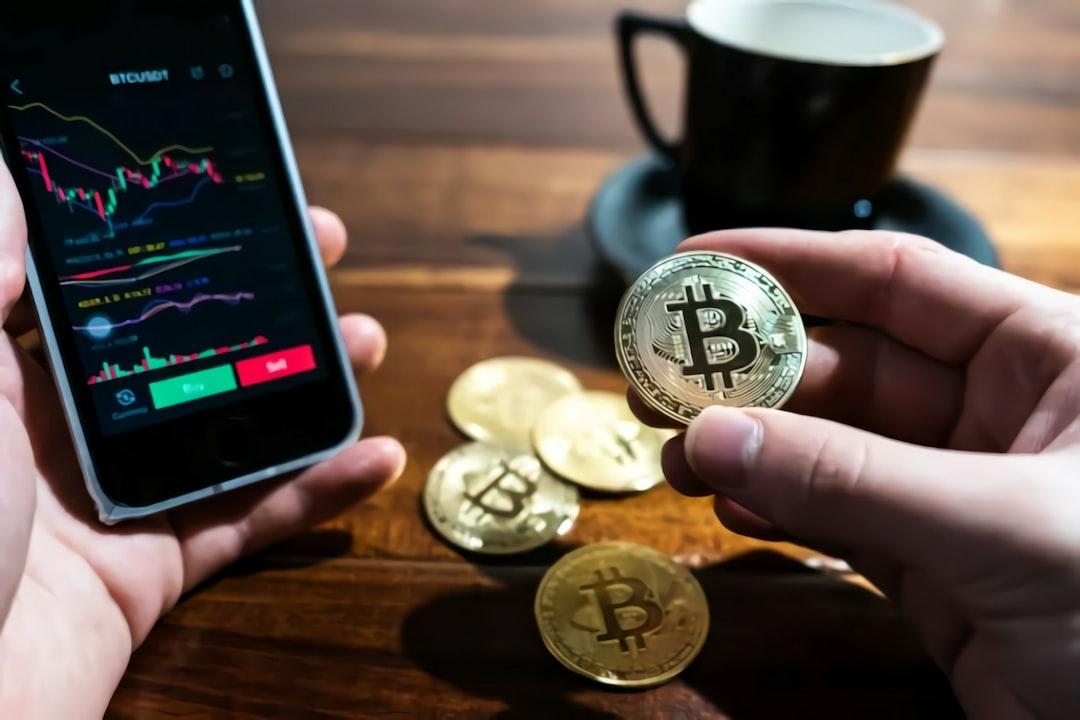In the next ten years, the block rewards for Bitcoin are expected to decrease significantly. How will this impact miners and users who depend on this blockchain technology?
Bitcoin halvings are rare occurrences, happening only every four years, much like the World Cup and the Olympics. These events provide some certainty amidst the unpredictable nature of Bitcoin’s price fluctuations.
With 93% of Bitcoin’s supply already in circulation, the search for new coins is becoming increasingly challenging. The block reward for miners was initially a generous 50 BTC when the blockchain was launched in 2009. This amount was halved to 25 BTC in November 2012, then further reduced to 12.5 BTC in July 2016. The most recent halving in May 2020 brought the rewards down to just 6.25 BTC every 10 minutes, with each subsequent block generating only 3.125 BTC.
As the rewards diminish, miners face a mixed bag of news. While the number of Bitcoins available each day has significantly decreased to 450, the value of each coin has skyrocketed. The current market rates show that 3.125 BTC is worth hundreds of thousands of dollars compared to the mere $600 price tag of 50 BTC during the first halving in 2012.
Looking ahead, the future halvings are expected to further reduce the rewards for miners. The fifth halving is forecasted to take place in 2028, dropping the rewards to 1.5625 BTC. By the 2030s, analysts like Cathie Wood predict a single Bitcoin could be worth up to $1.5 million. The 2032 halving will see rewards fall below one whole coin for the first time, to 0.78125 BTC, making Satoshis increasingly valuable.
As the mining rewards continue to shrink, miners will receive only 0.390625 BTC by 2036, releasing a mere 56.25 BTC per day. Subsequent halvings every four years will further diminish rewards, turning them into negligible amounts by 2052.
The dwindling rewards present challenges for miners, who must continually upgrade their hardware to keep up with the increasing demands of mining. As the supply of Bitcoin decreases, miners must rely more on transaction fees for income, potentially driving up costs for large transfers.
To adapt to these changes, miners may need to consider mergers and acquisitions to reduce costs and remain financially viable. While this consolidation may be necessary, it could also compromise the decentralized nature of Bitcoin.
The 2024 halving marks a significant shift in the mining landscape, coinciding with the launch of Bitcoin ETFs in the U.S. and a surge in investor interest. As Bitcoin’s price hits new highs, miners must evolve to meet the changing market dynamics.

